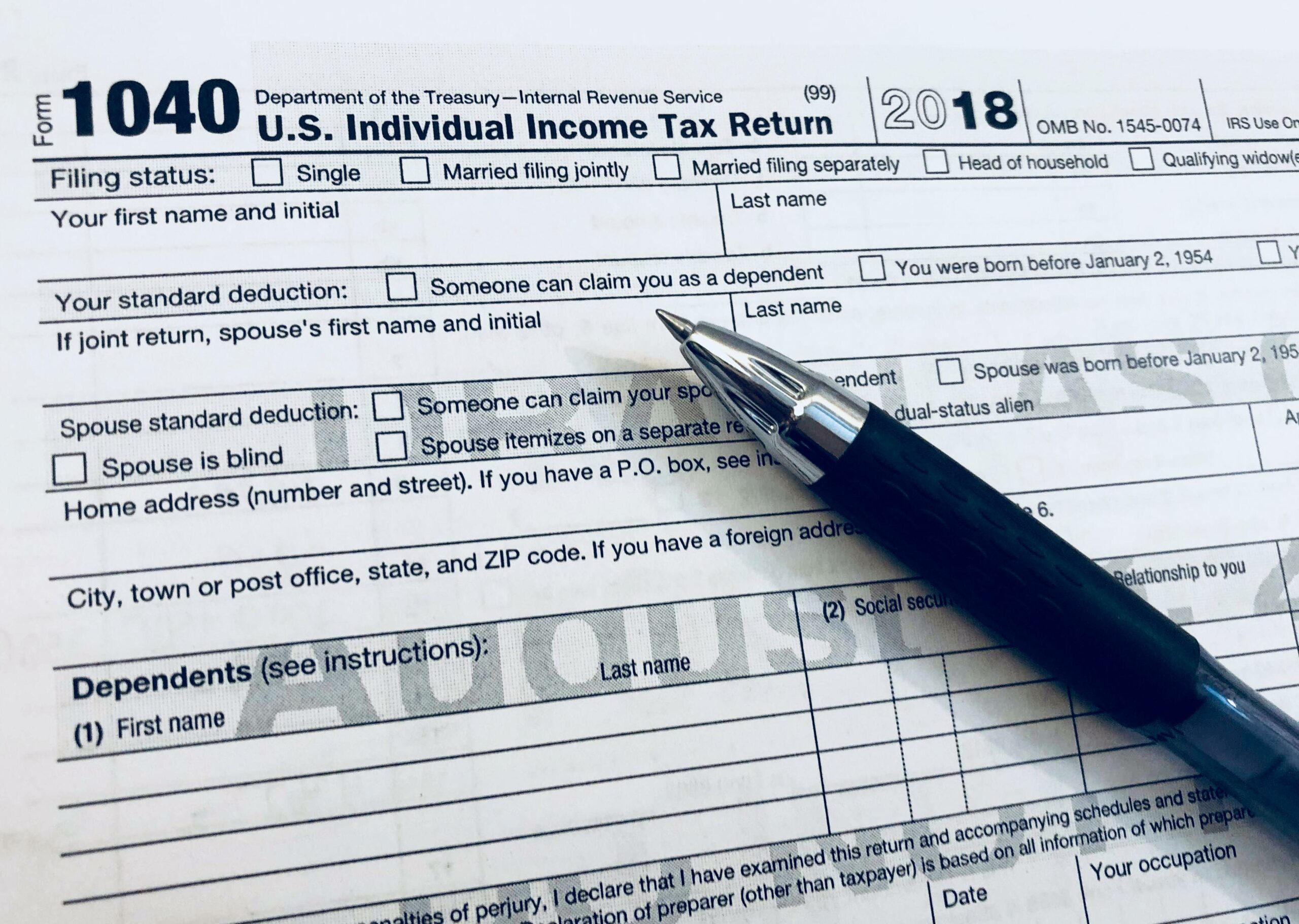Indy Explains: What the expanded child tax credit means for Nevada families

Hundreds of thousands of Nevada families with children under the age of 18 started receiving their first payments of the expanded federal child tax credit this week.
While the annual tax credit has existed for more than two decades, Congress temporarily increased the amount of the tax credit this year to $3,600 for children under the age of six and $3,000 per child for children between the ages of 6 and 17 as part of the American Rescue Plan passed in March. The change also made the tax credit payments available to families on a monthly basis.
President Joe Biden on Thursday hailed the one-year tax credit expansion, which aims to cut child poverty in half in the U.S., as “life-changing.” According to the Internal Revenue Service (IRS) roughly 39 million households – representing nearly 90 percent of children in the United States – will automatically receive the enhanced tax credit.
Recent White House statistics show that more than 330,000 Nevada families will receive their first check this month, which translates to more than $143 million to help 560,000 children.
Below, The Nevada Independent takes a look at the changes to the child tax credit, including who is eligible and what the expanded payments mean for Nevada families.
What is the child tax credit?
The child tax credit was created in 1997 to help ease the financial burden on families with children. This week, eligible families across the country will receive the first of six monthly checks — $300 for kids under the age of 6 and $250 for kids 6 through 17.
Most families will automatically receive the payments each month on the 15th until Dec. 15. Families can expect to see the payments automatically deposited to their bank account — if one was tied to their federal tax return — or sent as paper checks to their home address.
“This is an advance child tax credit,” Francine Lipman, professor at the University of Nevada Las Vegas William S. Boyd School of Law, noted. “Typically, you wouldn't get it until you file your 2021 tax return in 2022.”
From July to December, families will receive half the total credit amount in the form of the six monthly payments and will claim the other half when filing their 2021 income tax return. Families and other caregivers that don’t make enough money to be required to file federal taxes but still eligible for the advance child tax credit will have to file a tax return early next year to receive the balance of the credit.
Lipman recommended that anyone whose home address or bank account number has recently changed use the IRS Child Tax Credit Update Portal to update their information.
In addition to making the payments available monthly, the American Rescue Plan also boosted the benefits families receive under the plan — $3,600 for kids under six and $3,000 for kids 6 to 17, up from $2,000 normally. The change additionally allowed families with 17-year-olds to claim the credit, where the age limit was previously set at 16.
“A lot of parents said, ‘Hey, wait, my kid’s still at home and going to high school, so please include them,’” Lipman said.
Tiffany Tyler-Garner, executive director of Nevada’s Children’s Advocacy Alliance, says the credit will not only help lift many children out of poverty but is also expected to improve child nutrition, academic performance and graduation rates, as well as lower stress and drug and alcohol use in families.
“Beyond those benefits, consider the impact of the monthly payment when you are a family trying to make ends meet and the ways it can help you make rent, buy food, pay for transportation to work, or child care,” Tyler-Garner said. “That is the impact of this investment. It is directly mitigating challenges like housing instability, food insecurity, transportation and child care barriers and other challenges faced by Nevada’s families at a very critical time in our journey.”
Who is eligible?
All working families are eligible for the full credit if they make an annual income of $75,000 or less for single filers, $112,500 or less for heads of household or $150,000 or less for married couples filing a joint return or qualified widows and widowers. Families that earn more will receive a smaller credit.
The credit for 2021 is fully refundable, meaning that the tax credit is allowed to exceed someone’s individual tax bill. In practical terms, that means individuals who did not file a tax return because of their low income can still receive the monthly payments. The IRS created an online tool for non-filers to sign up at any time.
“Let's suppose Grandma and Grandpa are the caregivers for the children and their only income is Social Security benefits. Well, they would not be filing a tax return,” Lipman said. “Even though they're non-filers and don't pay any federal income tax, Congress realizes that to take care of kids, you need resources in the household, so that family will get the full amount of the credit for 2021, whereas in 2020 they didn't get any amount.”
However, most non-filers who registered for government stimulus checks, also known as economic impact payments, during the COVID-19 pandemic should already be eligible and enrolled for the child tax credit.
While adults don’t have to have a Social Security number to file their taxes and can use an Individual Taxpayer Identification Number, or ITIN, instead, a temporary change to tax law made during the Trump administration requires families to provide a Social Security number for the qualifying child when applying for the tax credit.
For families with mixed immigration status, that means that as long as the child has a valid Social Security number, the immigration status of the parents or caretakers doesn't matter when applying for the tax credit. The IRS is not allowed to share information with other government agencies, including immigration officials, except in the case of an emergency.
Lipman said the IRS is less interested in people’s immigration status and more interested in them filing and reporting their income.
“Everyone who files a tax return has to have a Taxpayer Identification Number,” Lipman said. “If you are a taxpayer in Nevada and you don't have an ITIN yet and don't qualify for a Social Security number, you need to apply in 2021. It’s a good year to apply, especially if you have children.”
Families with 16- and 17-year-olds who work part-time, have received a W-2 and file a tax return are still eligible for the credit so long as the teen lives with them, they claim the teen as a dependent and the teen has not provided more than half of their own support in 2021.
Lipman said that kids not living within a household, including those who live at shelters, are not eligible for the tax credit.
“You can't claim yourself as a dependent,” Lipman said. “In those situations, that taxpayer is not going to get the child tax credit for themselves, but they should get any withholding [tax] back.”
Can you opt out of the monthly payments?
Families can stop payments at any time. Even after payments begin, families can stop all future monthly payments by unenrolling through the Child Tax Credit Update Portal. Eligible families who choose to stop the monthly payments will receive the rest of their child tax credit as a lump sum when they file their 2021 federal income tax return next year.
While some families may prefer to receive the entire credit at once, unenrolling may be helpful for families that no longer qualify for the child tax credit or believe they will not qualify when they file their 2021 return. Families who received the tax credit but are determined to be ineligible for all or part of it after filing their 2021 taxes will be required to pay it back.
Married, joint-filing taxpayers will need to make sure they both unenroll. According to the IRS, if one spouse does not unenroll, they will receive half of the joint payment they were supposed to receive with their spouse. Taxpayers do not need to unenroll for each month.
